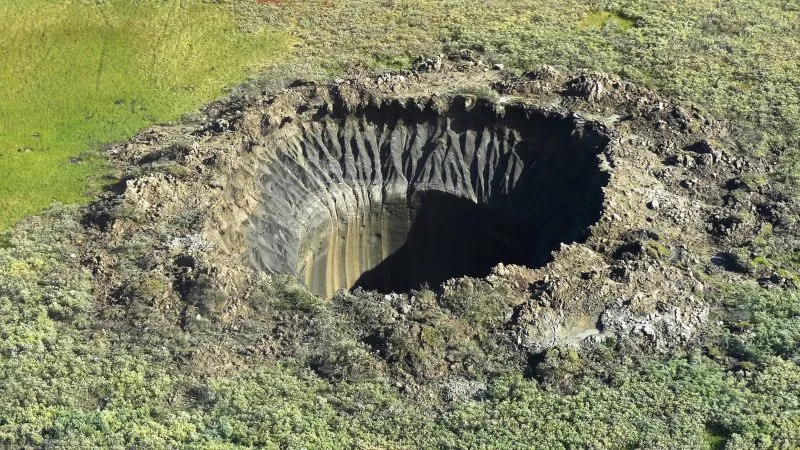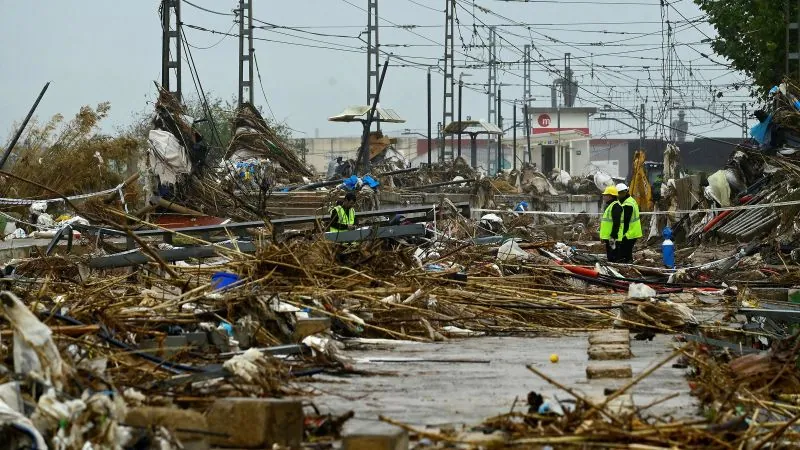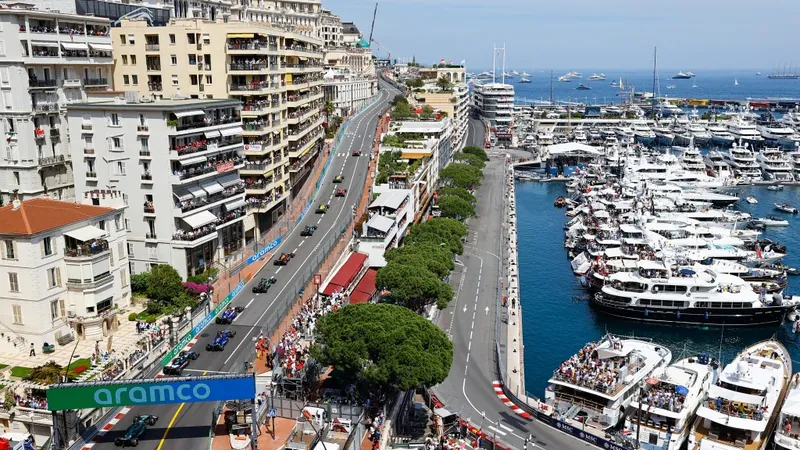
Explosive Mysteries Beneath the Arctic: What Scientists Are Unraveling About Siberia’s Craters
2024-11-11
Author: Jessica Wong
A decade ago, a startling phenomenon captured the attention of scientists when a massive crater appeared in the heart of the Russian Arctic. This gaping hole, hundreds of feet wide, descended into an inky abyss surrounded by enormous chunks of ice and soil, a chilling reminder of the violent geological occurrences occurring beneath our feet.
Since 2014, more than 20 such craters have erupted in northwestern Siberia's Yamal and Gydan Peninsulas, with the latest discovery made as recently as August. The explosive origins of these craters have baffled researchers, inspiring theories ranging from meteor strikes to even extraterrestrial activity. However, the most recent research sheds light on a more plausible explanation that intertwines human-induced climate change with the unique geological conditions of the area.
Recent studies indicate that these craters form due to the accumulation of gases, primarily methane, trapped beneath the Arctic tundra. As climate change warms the region, it leads to the melting of permafrost. Water from the thawing layer trickles down into a salty water reservoir known as cryopegs, which is sandwiched between layers of permafrost and methane hydrates. With increasing saturation from melting ice, pressure builds until it exceeds the strength of the ground, resulting in explosive gas releases.
Ana Morgado, a lead researcher and chemical engineer from the University of Cambridge, likened this process to “pumping up a tire.” As the scientific investigation continues, it has been established that the ordeal is more complex than previously understood, with individual craters manifesting due to decades-long interactions between melting ice and gas dynamics.
Despite these breakthroughs, skepticism remains among some scientists. Evgeny Chuvilin, a leading researcher from the Skolkovo Institute of Science and Technology in Moscow, argues that the findings might not align with the specific geological conditions found in northwestern Siberia, given its unusually high concentrations of ice and methane. Moreover, the existing theories may require further tailoring to capture the nuances of this unique landscape.
Lauren Schurmeier, a geophysicist at the University of Hawaii, echoes caution regarding the conclusions, noting the myriad potential sources of gas contributing to the craters. A consensus among scientists is evident, however: climate change is undeniably a contributing factor. With global warming accelerating, the risks of permafrost degradation, aggressive gas blowouts, and the emergence of additional craters are expected to rise, particularly after warmer summer months.
As these explosive events unfold, they worryingly serve as both a result of climate change and a contributor to it. The methane released during these explosions, a greenhouse gas significantly more effective at trapping heat than carbon dioxide, represents a dire warning of the ongoing environmental crisis.
The implications of this research extend beyond mere scientific curiosity. As craters continue to form in remote Arctic locations, they pose potential risks to residential areas and natural resource operations, such as oil and gas extraction. Monitoring these geological hotspots is crucial, as researchers strive to predict future explosions and mitigate their impacts.
In conclusion, these explosive craters starkly illustrate the ways human activity influences the natural world, accelerating changes that can destabilize the Earth in unprecedented manners. As climate change continues its relentless advance, scientists are determined to uncover the mysteries behind these craters and their far-reaching consequences. It’s a race against time to understand our planet's inner workings before it’s too late.



 Brasil (PT)
Brasil (PT)
 Canada (EN)
Canada (EN)
 Chile (ES)
Chile (ES)
 España (ES)
España (ES)
 France (FR)
France (FR)
 Hong Kong (EN)
Hong Kong (EN)
 Italia (IT)
Italia (IT)
 日本 (JA)
日本 (JA)
 Magyarország (HU)
Magyarország (HU)
 Norge (NO)
Norge (NO)
 Polska (PL)
Polska (PL)
 Schweiz (DE)
Schweiz (DE)
 Singapore (EN)
Singapore (EN)
 Sverige (SV)
Sverige (SV)
 Suomi (FI)
Suomi (FI)
 Türkiye (TR)
Türkiye (TR)